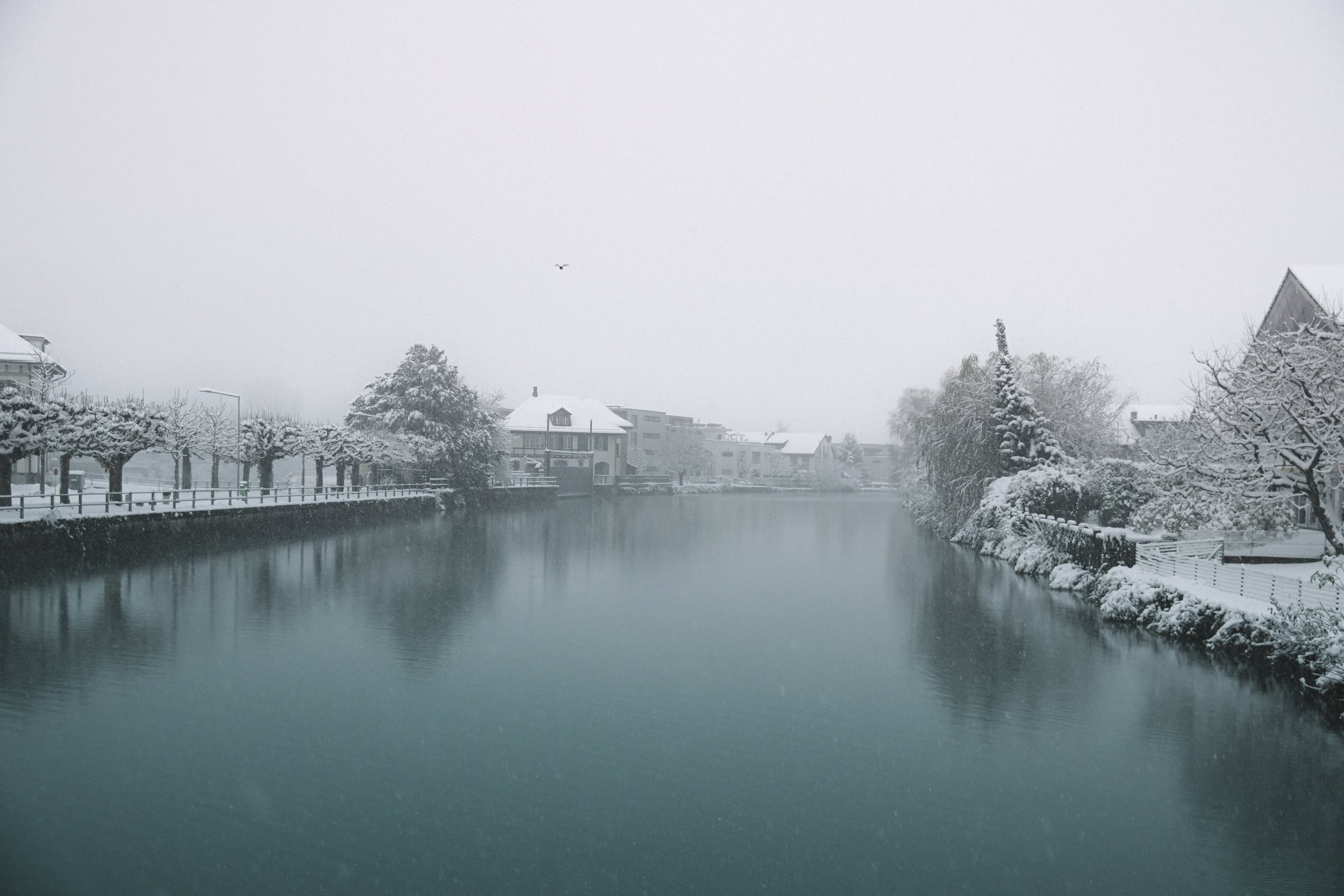Beauty and our Brains!
Have you ever stood in awe before a breathtaking landscape, feeling mesmerized, and wondered why certain visuals are so powerful? Or perhaps you've wandered through the seductive streets of Paris or trekked the Swiss Alps, irresistibly drawn to their beauty! Behind these moments of aesthetic wonder lies a fascinating interplay of neuroscience, psychology, and design.
Here's how our brains work: (Strictly as per my very base level understanding)
Shapes and our Brains
Deep inside Zanskar, Ladakh we found a mountain with faces!
Our brains are pretty well conditioned to recognise patterns and find faces everywhere! How many did you spot?
Consider a calm ocean. Our brains tend to naturally gravitate toward flowing, organic shapes because they trigger the release of neuro-chemicals like dopamine and serotonin, linked to comfort, serenity, and pleasure—qualities we instinctively seek when we want to relax. Conversely, angular forms, like jagged mountain peaks or structured urban landscapes, activate different neural pathways associated with alertness, strength, and adventure…
Brands understand this neurological psychology well. Starbucks' rounded logo evokes warmth and invites feelings of comfort, similar to the relaxing ambience of a cozy café. In contrast, Tesla's angular logo engages neural circuits related to sharpness, innovation, and futuristic thinking. Think of something iconic - like the smooth curves of a Porsche 911 or a Volkswagen Beetle. What makes them so timeless? They mirror the natural elegance found in nature, and leverage our minds neural preferences.
As photographers, we often look for these patterns and recognisable shapes. Then we intentionally use that in our compositions, to powerfully evoke emotions. Hoping to transport viewers precisely to the feeling we aim to share.
Familiarity and our Brains
There’s hardly anything new here, but very familiar elements. A snowy evening in Switzerland.
Right proportion of Familiarity + Right proportion of Newness = The Holy grail of something “New”
Think of how YouTube recommends music - every-time you will find a few new tracks along with your regulars. It usually will never recommends 10 new tracks consecutively. Our neural networks are designed to continually process and interpret cues, forming quick assumptions. Just as an elegantly designed Apple product can activate the brain's reward centers associated with confidence and satisfaction, natural environments like a forest trail can stimulate brain areas linked to tranquility and emotional well-being.
This neurological and emotional interplay becomes especially vivid when exploring new places or revisiting familiar locations through photography. Personal attachment to a place profoundly shapes the photos we take. For instance, affection for a bustling Kolkata street or a serene Himalayan lake significantly influences the neurological reward we experience when photographing and revisiting these place. Science validates this: familiar, emotionally charged locations activate memory-rich areas of the brain, enhancing feelings of nostalgia and emotional satisfaction.
In my own photography, I find comfort and inspiration in capturing familiar scenes in different / unexplored locations, driven by these neural mechanisms. It’s why I often love going back to the mountains.
Simplicity and our Brains
I like such weather, it becomes easier to hide what you don’t want to showcase and focus on what’s important in the scene.
I believe luxury in life—is not about excess but intention and simplicity. It’s a lifestyle choice, it’s who you are and that translates to your work as your “signature style”!
Your gut feeling + Your taste and preferences = Your style
This is where you override your systems default choice. Intuition supersedes intellect. You might not want to listen to your brain and just go with your heart.
@the.photoguy
Rajarshi Mitra


